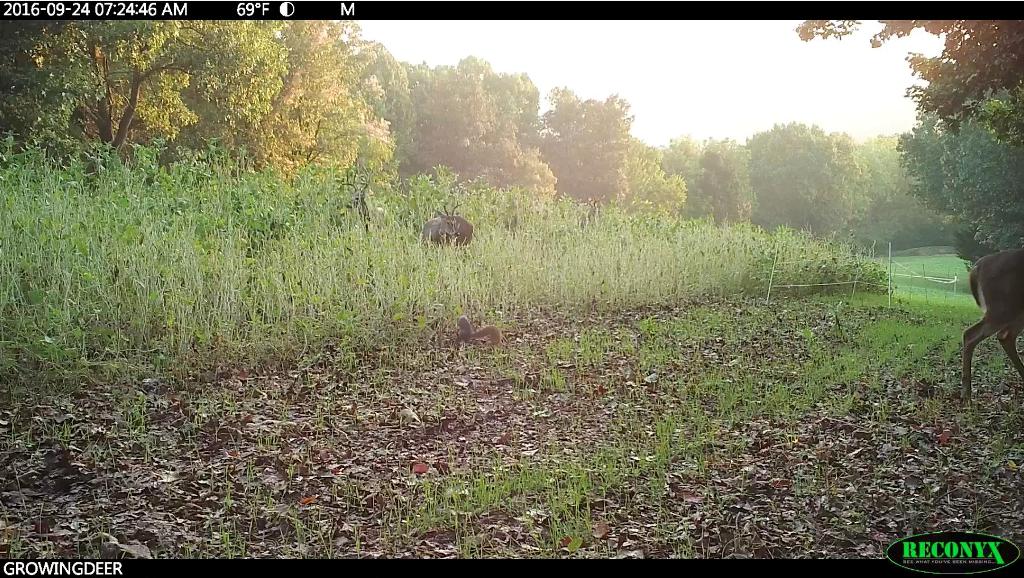How Bottlenecks Help Deer Hunters Be More Successful
Filed under: Hunting Blog, Hunting Tactics
What are bottlenecks? They are physical barriers that limit deer movement to a relatively small area. You might call these features pinch points, funnels, etc. Typically, the longer the barrier the more utilized the bottleneck.
Cropland in the Midwest is full of bottlenecks. Wide open crop fields, especially after the crops have been harvested, tend to funnel buck movement into narrow wood lots or CRP fields. Where the whitetails move is much more predictable in those areas compared to land that is basically one habitat type (e.g. all woods). To put the odds in your favor, scout and hunt those bottlenecks. Now you are in the best location to observe the increase in deer activity.

My property is large patches of hardwoods with a few food plots mixed in. It is very tough to pattern where bucks will travel on my property with any certainty. This is called homogenous habitat. My property is also mountainous habitat. Hunting areas like these require hunters spend the bulk of their time scouting – looking for fresh sign and general travel routes. Within these travel routes concentrate on bottlenecks such as steep saddles in the mountains or bluffs that force deer to travel within a specific area. These areas will provide quality hunting unless the deer sense danger and change their patterns.
If your hunting grounds have few bottlenecks (or pinch points) don’t worry! Bottlenecks can be created! I’ve used discarded round bales of hay, snow fence, etc. Sometimes low value trees can be felled to make bottlenecks. I don’t like this approach as well as others because trees tend to decay rapidly and it’s tough to fell trees in a line with no gaps.
If you are like me and primarily hunt areas where there are very few natural bottlenecks, consider using a readily available resource and creating some. Consider how to approach the stand, wind direction, etc.
Bucks are not very predictable during the rut. I suggest hunters study an image of the property and look for bottlenecks if they can’t get boots on the ground without disturbing the deer or if they are hunting public land. I like stands by ponds as they act as a barrier and create a bottleneck. Deer will swim ponds, but don’t want to unless forced. Look for the largest pond on the property. See if there’s sign and a potential stand/blind location where the wind will carry your scent across the pond. Additionally, hunting a bottleneck such as a downed fence or saddle between doe bedding areas is a great stand location during the rut as bucks troll between those areas searching for hot does.
It can be very difficult or impossible to pattern a buck in areas where there are acorns almost everywhere. If there are no obvious bottlenecks I hunt the most sign that can be approached without alerting deer.
It’s often easier to grow mature bucks than it is to harvest mature bucks. Creating a bottleneck is an outstanding tool to reap the benefits of your deer management efforts.
Growing (and tagging) Deer together,
Grant



